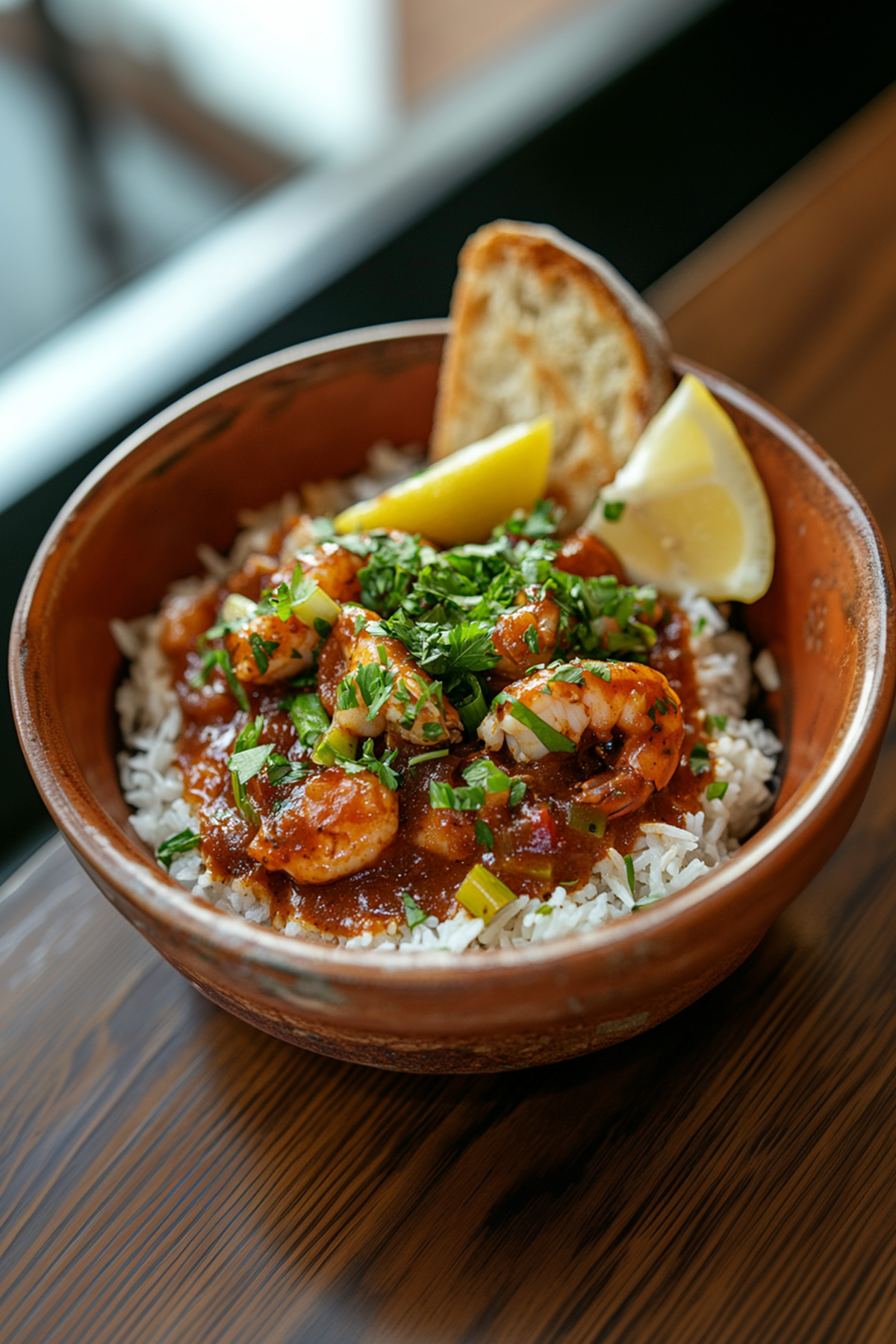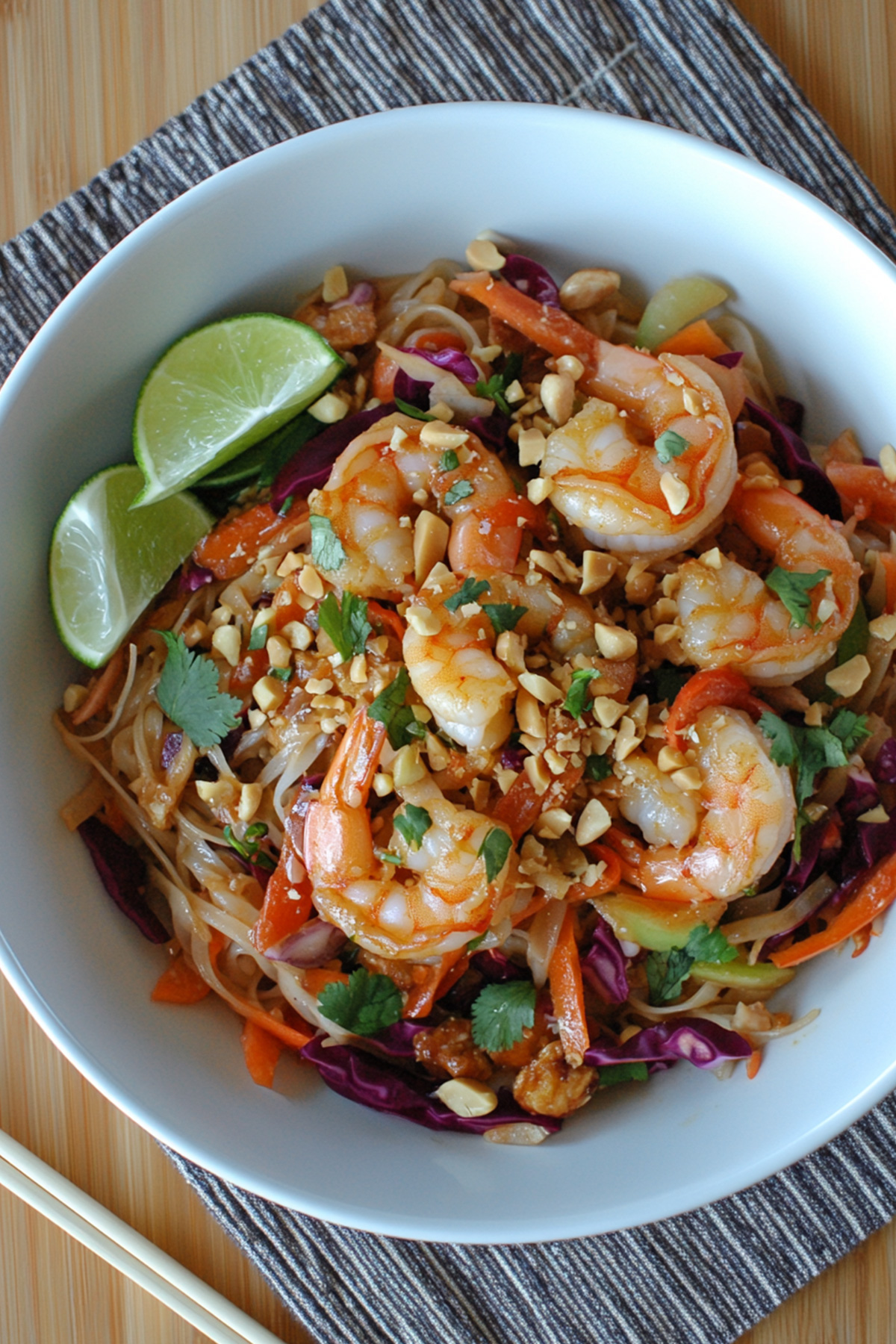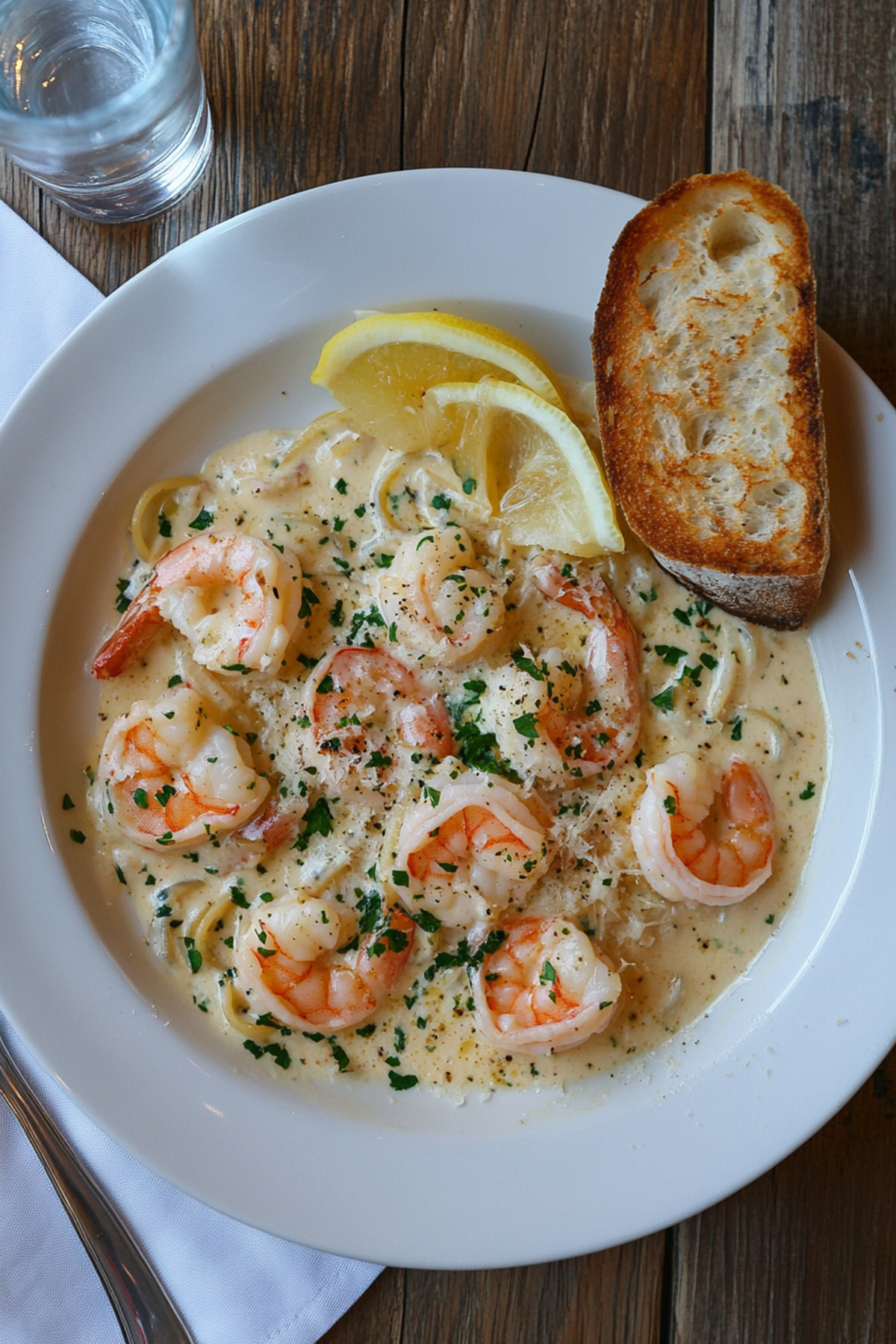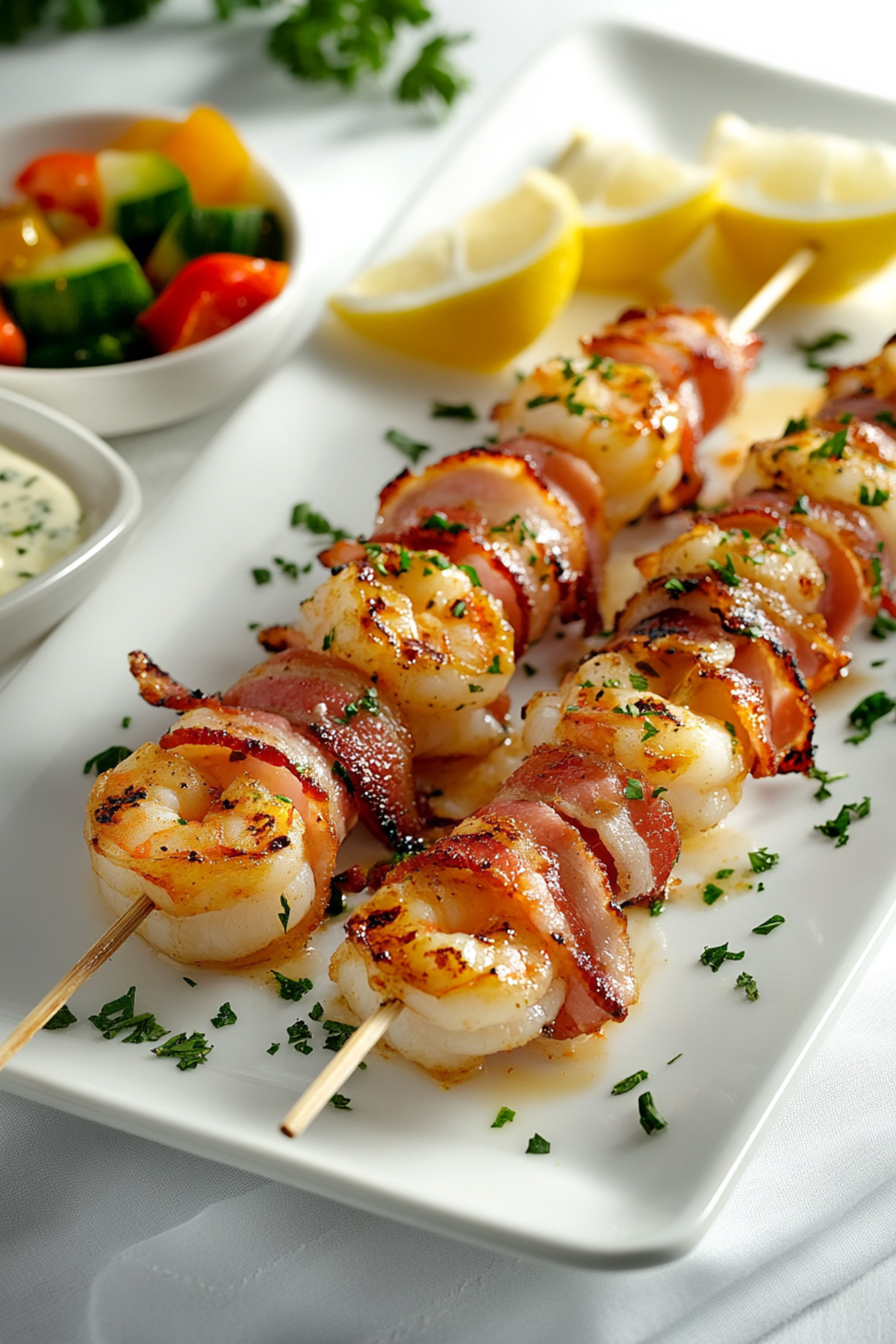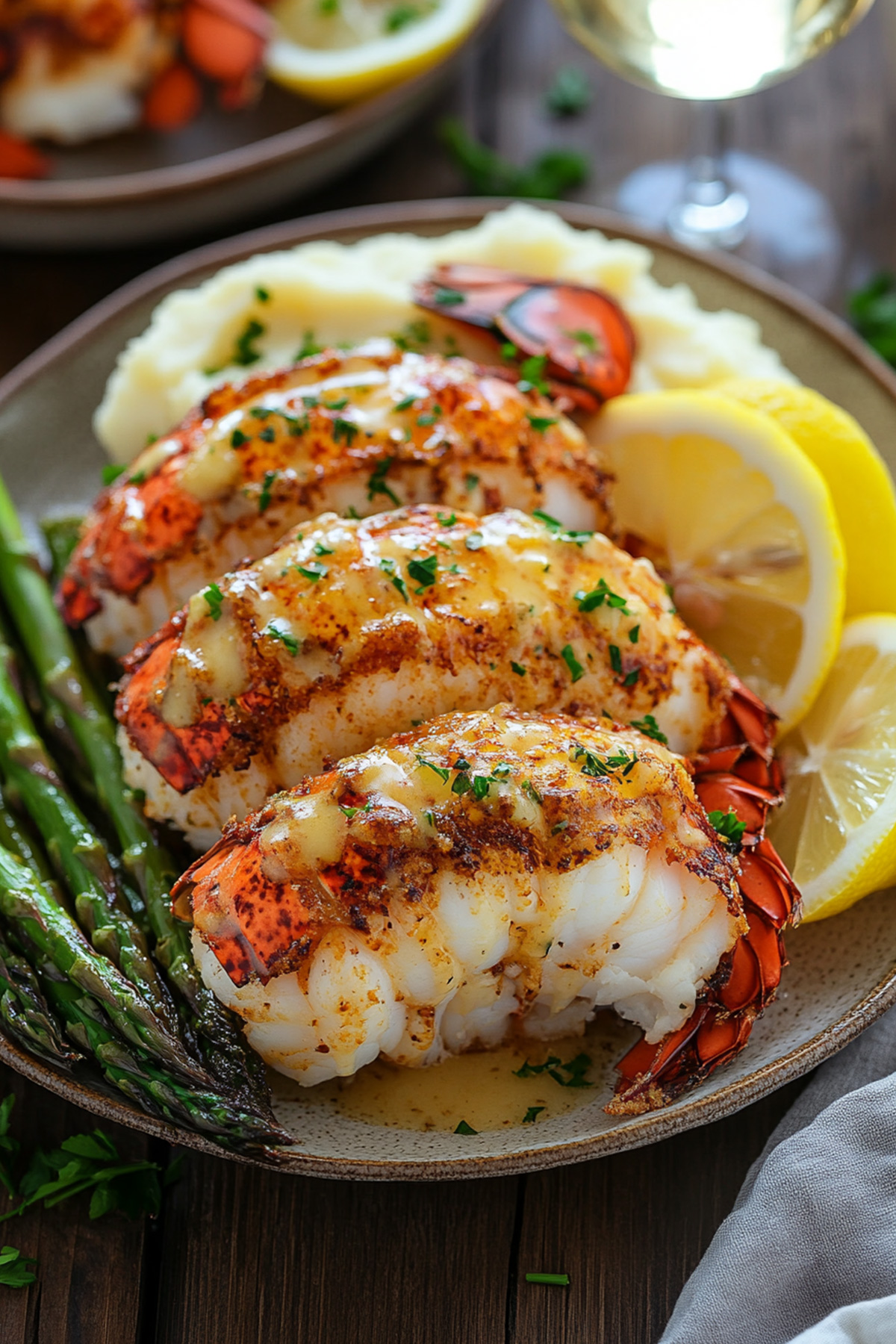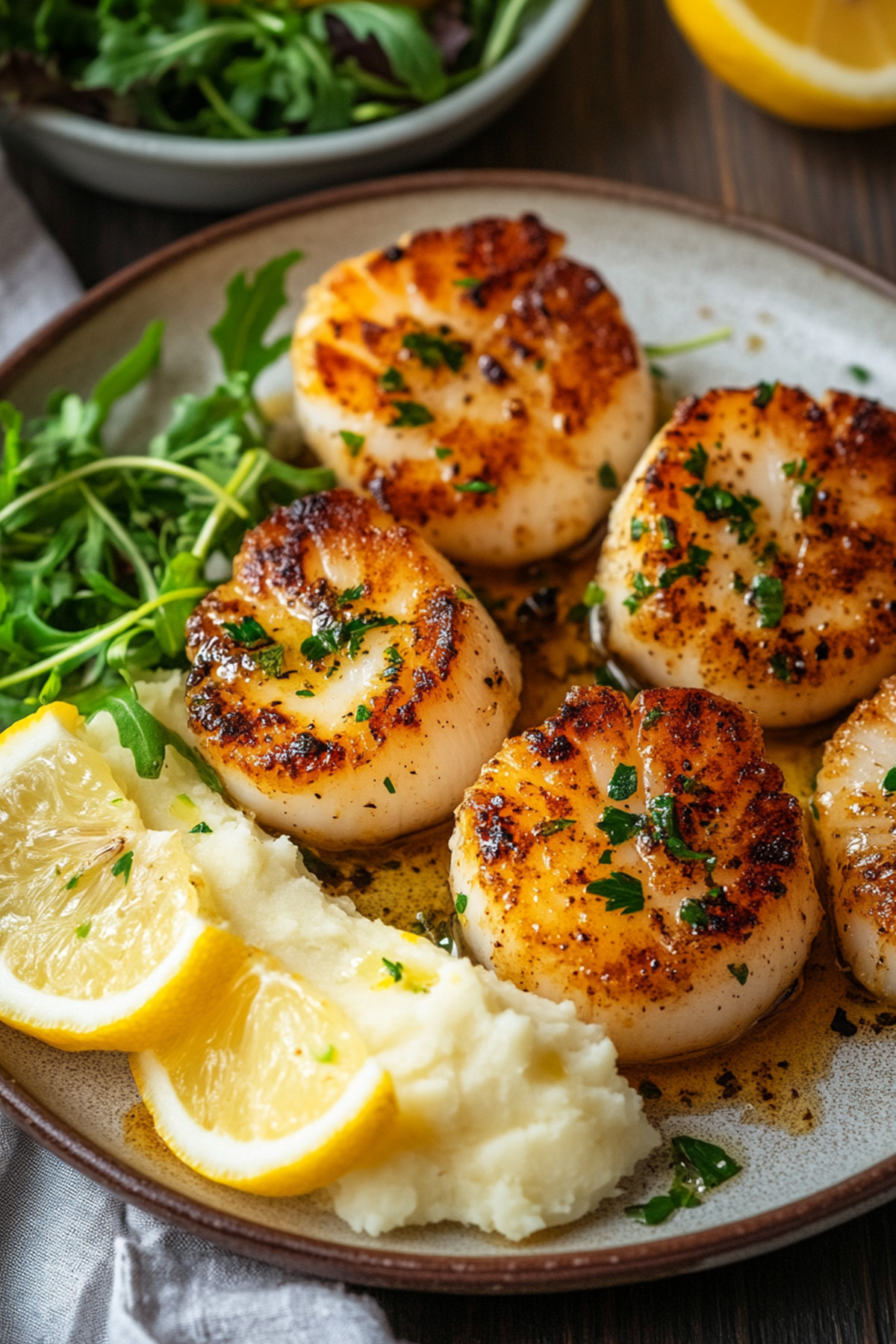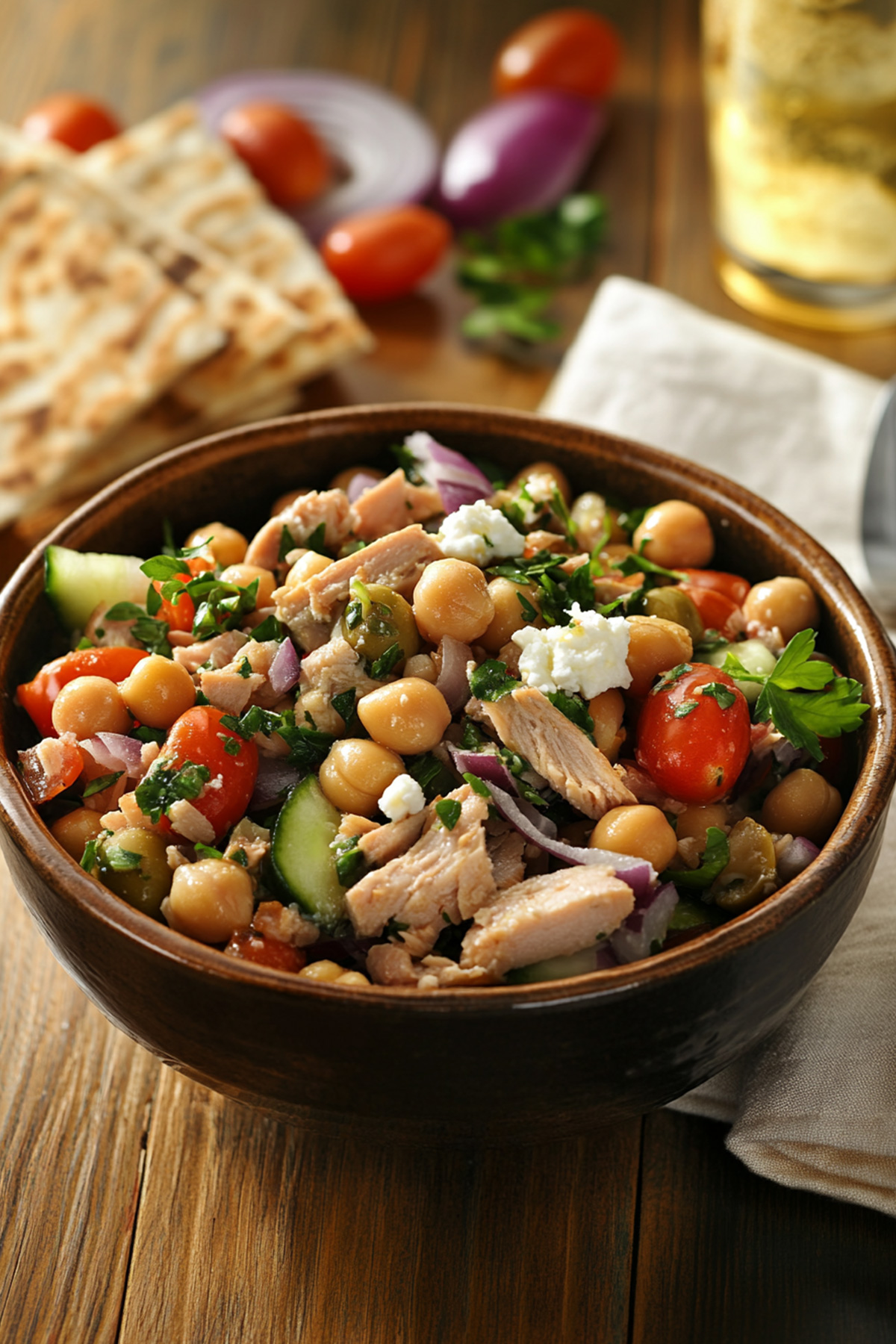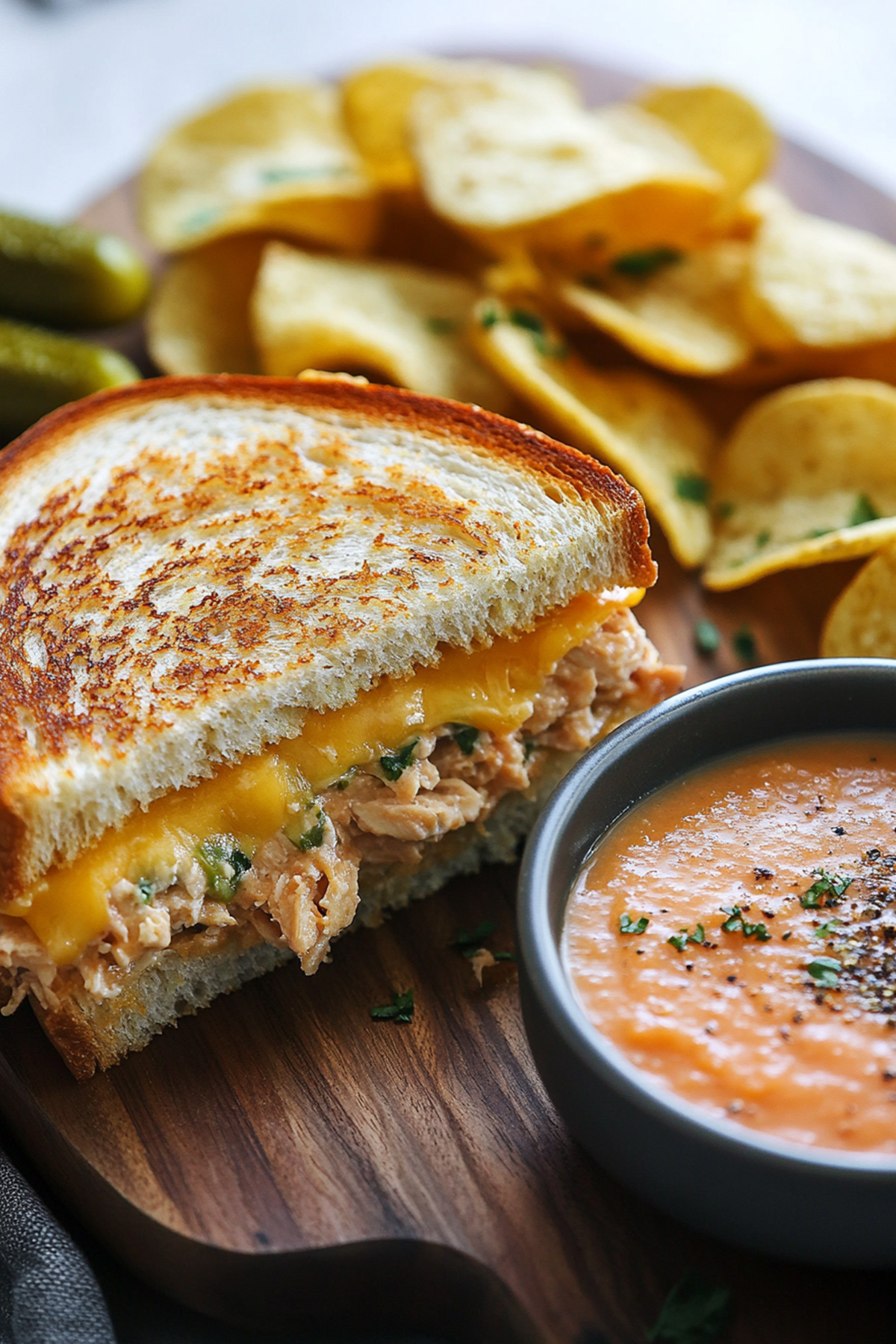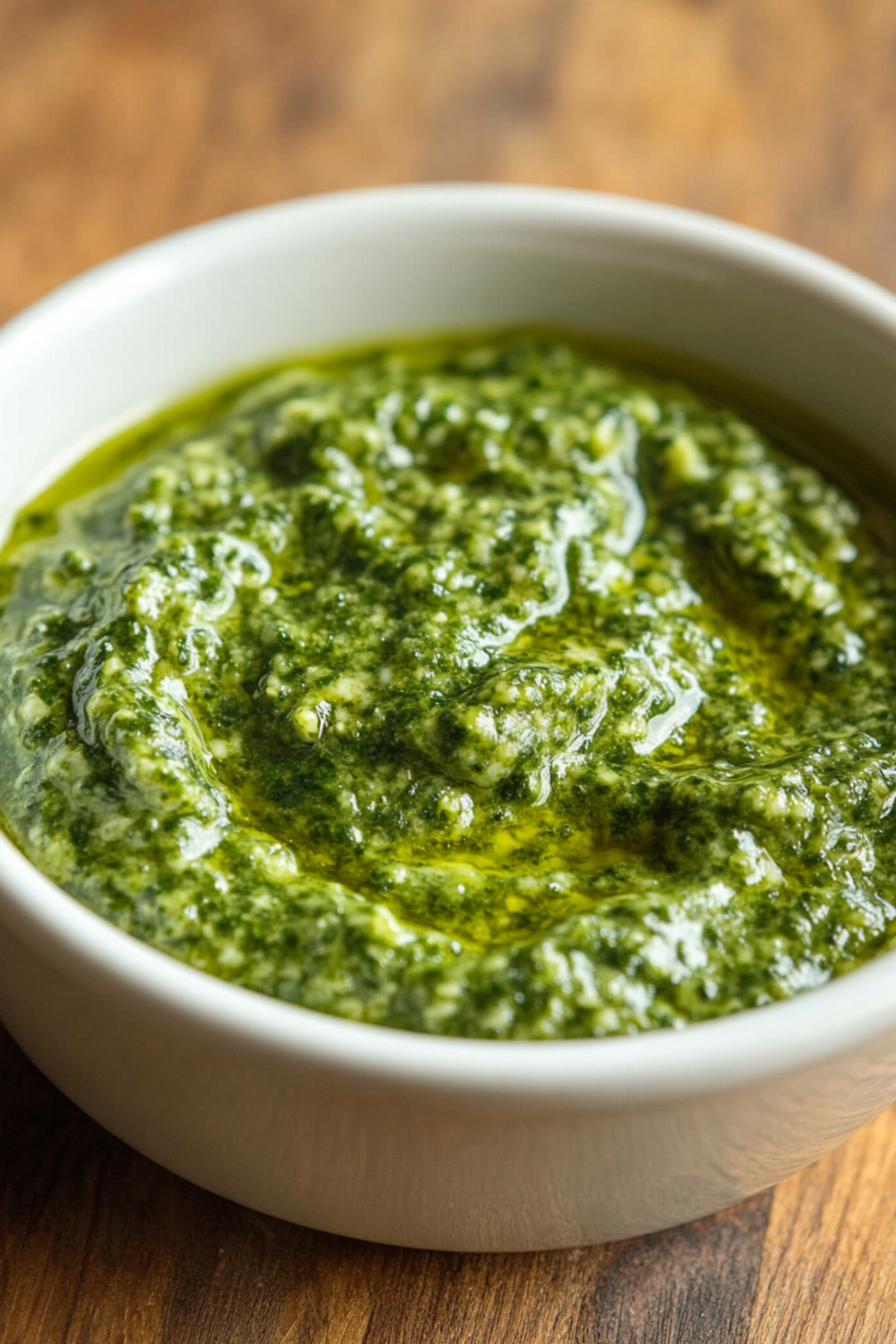Disclosure: As an Amazon Associate and participant in other affiliate programs, we earn from qualifying purchases. We only recommend products we believe will provide value to our readers.
Crawfish étouffée, first served at the Herbert Hotel in Breaux Bridge, Louisiana in 1920, has become one of the most beloved Cajun classics, boasting an impressive 4.6 out of 5 rating from 264 reviews.
The name “étouffée,” meaning “to smother” in French, perfectly describes this velvety, thick sauce loaded with crawfish and spicy seasonings.
While this dish might seem intimidating at first, you can prepare a delicious crawfish étouffée in just 30 minutes.
The recipe centers around the Cajun holy trinity of onions, bell peppers, and celery, creating a flavorful base that serves six people.
Whether you’re cooking with fresh crawfish during peak season (late February through May) or using frozen tails, this guide will help you master this classic Louisiana comfort food.
Table of Contents
Essential Equipment for Making Crawfish Étouffée
Preparing a delicious crawfish étouffée starts with having the right equipment in your kitchen. Primarily, you’ll need a heavy-bottomed pot or Dutch oven, which forms the foundation of your cooking setup.
A 6-quart Dutch oven works perfectly for the recipe’s six servings, distributing heat evenly and preventing the roux from burning.
For making the perfect roux, a wooden spoon or flat-bottomed wooden spatula becomes your most trusted tool. These utensils help you stir continuously without scratching the pot’s surface, specifically when the flour and oil mixture needs constant attention. Furthermore, the long handle keeps your hands safely away from the hot roux.
A sharp chef’s knife and cutting board are essential for preparing the Cajun trinity. You’ll appreciate a sturdy, non-slip cutting board when chopping onions, celery, and bell peppers.
Additionally, having a set of measuring cups and spoons ensures accuracy with your ingredients, particularly when measuring out seasonings and flour for the roux.
Temperature control plays a crucial role in crawfish étouffée preparation. A heavy-bottomed saucepan helps maintain steady heat, but you’ll also benefit from these tools:
- A large skillet or sauté pan (12-inch minimum)
- Heat-resistant rubber spatula
- Fine-mesh strainer for rinsing crawfish
- Heavy-duty whisk for combining ingredients
- Kitchen timer for tracking cooking stages
The beauty of crawfish étouffée lies in its simplicity – you don’t need specialized equipment to create this classic dish. Most home kitchens already have these basic tools. If you’re missing something, suitable alternatives often work just as well.
For instance, a regular large pot can substitute for a Dutch oven, though you’ll need to monitor the heat more carefully.
Your storage containers matter too. Glass or plastic containers with tight-fitting lids keep leftover étouffée fresh and make reheating simple. When serving, a ladle helps portion the étouffée evenly over rice, and wide, shallow bowls showcase the dish beautifully.
Read also: Cajun Fried Crawfish Recipe
Remember that well-maintained equipment makes cooking more enjoyable. Keep your knives sharp, your wooden utensils oiled, and your pots clean. These simple practices ensure your tools last longer and perform better each time you prepare this beloved Cajun dish.
The Art of Making Roux for Crawfish Étouffée
Making the perfect roux stands as the cornerstone of authentic crawfish étouffée. A roux, the foundation of many Cajun dishes, combines equal parts flour and fat cooked together until reaching the desired color and consistency.
For crawfish étouffée, you’ll aim for a medium-brown roux, similar to the color of peanut butter.
The process begins with heating oil or butter in your heavy-bottomed pot over medium heat. Subsequently, add an equal amount of all-purpose flour to create the base. The key lies in constant stirring – a wooden spoon works best for this task.
As you stir, the mixture gradually darkens through several stages:
- Blonde (light golden) – 3-5 minutes
- Peanut butter (medium brown) – 7-10 minutes
- Dark brown – 15-20 minutes
- Chocolate brown – 20-25 minutes
For crawfish étouffée, stop at the peanut butter stage. Moreover, maintaining the right temperature proves crucial – too hot and the roux burns, too cool and it takes forever to develop flavor. The mixture should bubble gently without smoking.
Common mistakes often derail first-time roux makers. Stepping away from the pot, even briefly, can result in burning. In fact, a burnt roux develops black specks and gives off a bitter aroma – if this happens, start over.
The temperature also requires careful attention. High heat might seem like a shortcut, nevertheless, it often leads to disaster.
Your roux reaches perfection when it emits a nutty aroma and achieves a smooth, velvety texture. At this stage, the flour’s raw taste disappears, replaced by deep, complex flavors that will enrich your crawfish étouffée.
As a result of proper technique, your roux creates the signature thick, rich sauce that defines this classic Cajun dish.
You may like: Creamy Shrimp Mac and Cheese
Remember that patience plays a vital role in roux-making. The process demands your full attention, yet rewards you with an authentic base for your crawfish étouffée. Once mastered, this technique becomes second nature, allowing you to create restaurant-quality Cajun dishes in your home kitchen.
Mastering the Trinity: Cajun Flavor Base
The Cajun Trinity forms the aromatic foundation of your crawfish étouffée, bringing depth and authentic Louisiana flavor to the dish.
First and foremost, this classic combination consists of diced onions, celery, and bell peppers in specific proportions:
- 2 parts onions
- 1 part celery
- 1 part bell peppers
Proper preparation of these vegetables proves crucial for the best results. Begin by dicing each component into uniform, small pieces – about 1/4 inch in size. This consistent size ensures even cooking and allows the vegetables to melt seamlessly into your sauce.
Above all, take time to remove the celery strings and white pith from bell peppers, as these can create unwanted texture in your finished dish.
Once your roux reaches the desired peanut butter color, reduce the heat to medium-low before adding the trinity.
Consequently, the vegetables will release their natural moisture, helping to stop the roux from darkening further. Stir the mixture frequently, allowing the vegetables to soften and become translucent – typically taking 8-10 minutes.
The magic happens as these vegetables slowly cook down. Their natural sugars caramelize, creating a sweet undertone that balances the rich roux. Similarly, the celery adds a subtle earthiness while bell peppers contribute a mild sweetness and complexity to your étouffée base.
A common misstep involves rushing this stage. Therefore, maintain patience and let the trinity cook until the onions turn translucent and slightly golden. This process creates the signature flavor profile that distinguishes authentic Cajun cooking from simple seafood stews.
For extra depth, consider adding minced garlic near the end of cooking your trinity – some Cajun cooks call this addition “the pope.” This aromatic enhancement should cook for just 30-60 seconds until fragrant, careful not to let it brown or become bitter.
The trinity’s role extends beyond flavor – these vegetables help thicken your sauce naturally. As they break down, they release pectin, contributing to the characteristic body of crawfish étouffée.
This natural thickening complements the roux’s role, creating that perfect, silky consistency you’re aiming for.
You may like: Grilled Prawns Recipe

Crawfish Étouffée Recipe
- Total Time: 35 minutes
- Yield: 6 servings 1x
Description
This authentic Louisiana crawfish étouffée recipe brings together the rich traditions of Cajun cooking with straightforward preparation methods. A beloved dish that originated in Breaux Bridge, Louisiana, this recipe perfectly balances simplicity with flavor.
A luxurious combination of tender crawfish tails smothered in a copper-colored roux-based sauce, enriched with the Cajun holy trinity and aromatic seasonings. This recipe yields a dish that’s both comforting and sophisticated, ideal for both weeknight dinners and special occasions.
Ingredients
- 1 pound Louisiana crawfish tails with fat
- 12 tablespoons butter, divided
- 1/2 cup all-purpose flour
- 1 large yellow onion, diced
- 1 green bell pepper, diced
- 2 celery stalks, diced
- 5 cloves garlic, minced
- 4 cups seafood stock
- 1 tablespoon Cajun seasoning
- 1/4 teaspoon dried thyme
- 1/4 teaspoon cayenne pepper
- Salt and black pepper to taste
- Fresh parsley and green onions for garnish
Instructions
- Initially, melt 4 tablespoons butter in a Dutch oven over medium heat. Add the holy trinity (onion, celery, bell pepper) and garlic, cooking until translucent – approximately 5 minutes.
- Remove vegetables and, in the same pot, create your roux by combining remaining butter and flour. Cook, whisking continuously, for 10-15 minutes until it reaches a peanut butter color.
- Next, gradually whisk in the seafood stock until smooth. Return vegetables to the pot, adding seasonings. Simmer on low heat for 10 minutes or until sauce thickens to gravy consistency.
- Afterward, add crawfish tails and cook until thoroughly heated, generally 3-4 minutes. Avoid overcooking to maintain the crawfish’s tender texture.
- Finally, adjust seasonings to taste and garnish with fresh parsley and green onions.
Notes
- Clean crawfish thoroughly before use – they’re nicknamed mudbugs for good reason
- Frozen crawfish tails work well when fresh aren’t available
- Look specifically for Louisiana crawfish – imported varieties won’t provide authentic flavor
- The sauce should coat the back of a spoon when ready
- Prep Time: 15 minutes
- Cook Time: 25 minutes
- Category: Seafood
- Method: Étouffée
- Cuisine: American
Serving and Presentation Ideas
First and foremost, proper serving temperature plays a vital role in enjoying crawfish étouffée. Serve the dish piping hot at 165°F to maintain its rich, velvety texture.
The traditional method calls for ladling the étouffée over a mound of fluffy white rice, creating an eye-catching presentation that allows the sauce to cascade down the sides.
For an authentic Louisiana presentation, place the rice slightly off-center on a wide, shallow bowl.
Meanwhile, arrange the étouffée beside it, allowing the sauce to naturally flow around the rice. This method showcases both components while maintaining their distinct textures.
The art of garnishing elevates your crawfish étouffée from homestyle to restaurant-quality. Consider these classic garnishing options:
- Fresh chopped parsley or green onions for color contrast
- Thin lemon wedges for brightness
- Crystal hot sauce on the side
- Crusty French bread for soaking up the sauce
- Extra Cajun seasoning for those who enjoy more heat
Portion sizing remains crucial for proper presentation. Alternatively, serve individual portions using 1 cup of rice topped with approximately 1½ cups of étouffée. For family-style serving, place the rice and étouffée in separate serving bowls, allowing guests to control their portions.
The choice of dinnerware significantly impacts presentation. White plates or bowls provide an excellent backdrop, highlighting the copper-colored sauce and garnishes. Furthermore, pre-warming your serving dishes helps maintain the optimal temperature throughout the meal.
Side dish placement deserves careful consideration. Position traditional accompaniments like cornbread or French bread at the table’s center, making them easily accessible to all diners.
A small dish of extra hot sauce or Cajun seasoning near each place setting adds a thoughtful touch.
For special occasions, consider elevating the presentation by creating a rim of finely chopped herbs around the plate’s edge.
This professional touch frames the dish beautifully without interfering with the eating experience. Likewise, a sprinkle of paprika adds both color and a subtle flavor enhancement.
Read also: Pan Fried Walleye Recipe
Remember that crawfish étouffée continues to thicken as it cools. Should you need to hold it for service, keep it covered in a warm spot, occasionally stirring and adding small amounts of warm stock to maintain the desired consistency. This ensures each guest experiences the dish at its peak, with the signature silky texture that makes étouffée so beloved.
Health Benefits of Crawfish Étouffée
Beyond the rich flavors and comforting warmth, crawfish étouffée offers several nutritional advantages. Primarily, crawfish meat provides a lean source of protein, packing roughly 14 grams of protein per 3-ounce serving.
The shellfish itself contains minimal saturated fat, making it an excellent choice for protein-conscious diners.
Notable nutrients found in crawfish include:
- Vitamin B12 for nerve function and red blood cell formation
- Selenium, a powerful antioxidant supporting immune health
- Zinc for immune system support and wound healing
- Copper and iron for healthy blood cells
- Omega-3 fatty acids for heart and brain health
The vegetables in the Cajun trinity contribute their own health benefits. Onions supply quercetin, an antioxidant known for its anti-inflammatory properties. Bell peppers deliver vitamin C, supporting immune function and skin health.
Coupled with celery’s natural fiber and minerals, these vegetables create a nutrient-dense base.
The roux, although calorie-dense, serves as more than just a thickening agent. The slow cooking process of flour and fat creates compounds that aid digestion. Additionally, when prepared with butter rather than oil, the dish provides fat-soluble vitamins A, D, E, and K.
Garlic, a frequent addition to étouffée, contains allicin, a compound linked to cardiovascular health. The herbs and spices used in Cajun seasoning, such as thyme and paprika, offer antimicrobial and antioxidant properties. These seasonings enhance not only flavor but also the dish’s overall nutritional profile.
For those monitoring sodium intake, homemade crawfish étouffée allows better control over salt content compared to restaurant versions. Preparing the dish at home enables modifications to suit dietary needs without compromising authentic taste.
The seafood stock base provides minerals and compounds beneficial for joint health.
The dish becomes even more nutritious when served over brown rice instead of white rice. This simple swap increases fiber content and adds B vitamins, making the meal more filling and nutritionally complete. The combination of protein from crawfish and complex carbohydrates from rice provides sustained energy.
Portion control remains key to enjoying crawfish étouffée as part of a balanced diet. A standard serving, approximately 1½ cups of étouffée over ½ cup of rice, delivers a satisfying meal without excess calories.
This portion size ensures you receive the nutritional benefits while maintaining reasonable calorie intake.
Fresh parsley and green onion garnishes add more than visual appeal – they provide vitamin K and folate. These micronutrients support blood clotting and cell growth. The traditional accompaniment of French bread helps absorb the sauce’s nutrients while adding beneficial complex carbohydrates to the meal.
Reference:
– Eat This Much
Nutritional Information
Understanding the nutritional composition helps make informed dietary choices when enjoying this classic Cajun dish. A standard serving of crawfish étouffée, consisting of 1½ cups of the dish served over ½ cup of white rice, provides a balanced mix of proteins, carbohydrates, and essential nutrients.
Here’s a comprehensive breakdown of nutrients per serving:
| Nutrient | Amount | % Daily Value |
|---|---|---|
| Calories | 425 | – |
| Total Fat | 18g | 23% |
| Saturated Fat | 9g | 45% |
| Protein | 28g | 56% |
| Carbohydrates | 42g | 15% |
| Dietary Fiber | 2g | 7% |
| Sodium | 890mg | 39% |
| Iron | 2.5mg | 14% |
| Calcium | 85mg | 7% |
| Potassium | 450mg | 10% |
The protein content primarily comes from crawfish meat, which offers complete protein containing all essential amino acids. Indeed, the butter-based roux contributes to the fat content, yet provides necessary compounds for nutrient absorption.
Accordingly, the carbohydrate content varies based on the rice portion size. Opting for brown rice increases the fiber content by approximately 2 grams per serving. The sodium levels reflect the seasoning blend and seafood stock, henceforth, those monitoring salt intake might consider reducing added seasonings.
The dish delivers substantial amounts of B-vitamins, including:
- Vitamin B12: 2.8mcg (117% DV)
- Niacin: 4.2mg (26% DV)
- Riboflavin: 0.3mg (23% DV)
The Cajun trinity vegetables enhance the micronutrient profile by providing vitamin C, potassium, and dietary fiber. The parsley garnish adds vitamin K, while the garlic contributes beneficial sulfur compounds.
For those tracking macronutrients, the ratio approximates:
- 26% protein
- 38% fat
- 36% carbohydrates
This distribution makes crawfish étouffée suitable for various dietary approaches, excluding strict low-carb or low-fat regimens. The dish remains relatively moderate in calories considering its rich, satisfying nature.
Cholesterol content merits consideration at 185mg per serving, originating primarily from the crawfish and butter. Nonetheless, the omega-3 fatty acids from crawfish help maintain a favorable lipid profile.
Regarding allergens, the recipe contains shellfish and dairy (butter). The flour-based roux makes it unsuitable for gluten-free diets unless modified with alternative thickeners.
The mineral content deserves special attention, as crawfish provide zinc (15% DV), selenium (85% DV), and copper (40% DV). These trace minerals support immune function and antioxidant processes within the body.
References:
– Eat This Much
– Crab Manager
Conclusion
Crawfish étouffée stands as a testament to Louisiana’s rich culinary heritage, combining simple ingredients into an extraordinary dish.
Though mastering the roux might require practice, your patience will reward you with authentic Cajun flavors that rival any restaurant version.
Armed with basic kitchen equipment and fresh ingredients, you can create this beloved dish in your home kitchen.
The careful balance of properly prepared roux, perfectly cooked trinity vegetables, and tender crawfish delivers both outstanding flavor and significant nutritional benefits.
Remember that great crawfish étouffée relies on three key elements: constant attention to your roux, properly diced trinity vegetables, and careful timing when adding the crawfish. Following these fundamentals ensures consistent results, whether you’re cooking for a quiet family dinner or hosting a traditional Louisiana feast.
Start with small batches as you learn the technique. Soon enough, you’ll develop an instinct for the perfect roux color and sauce consistency that defines exceptional étouffée.
This classic dish proves that sometimes the most satisfying meals come from simple ingredients prepared with care and attention to detail.

